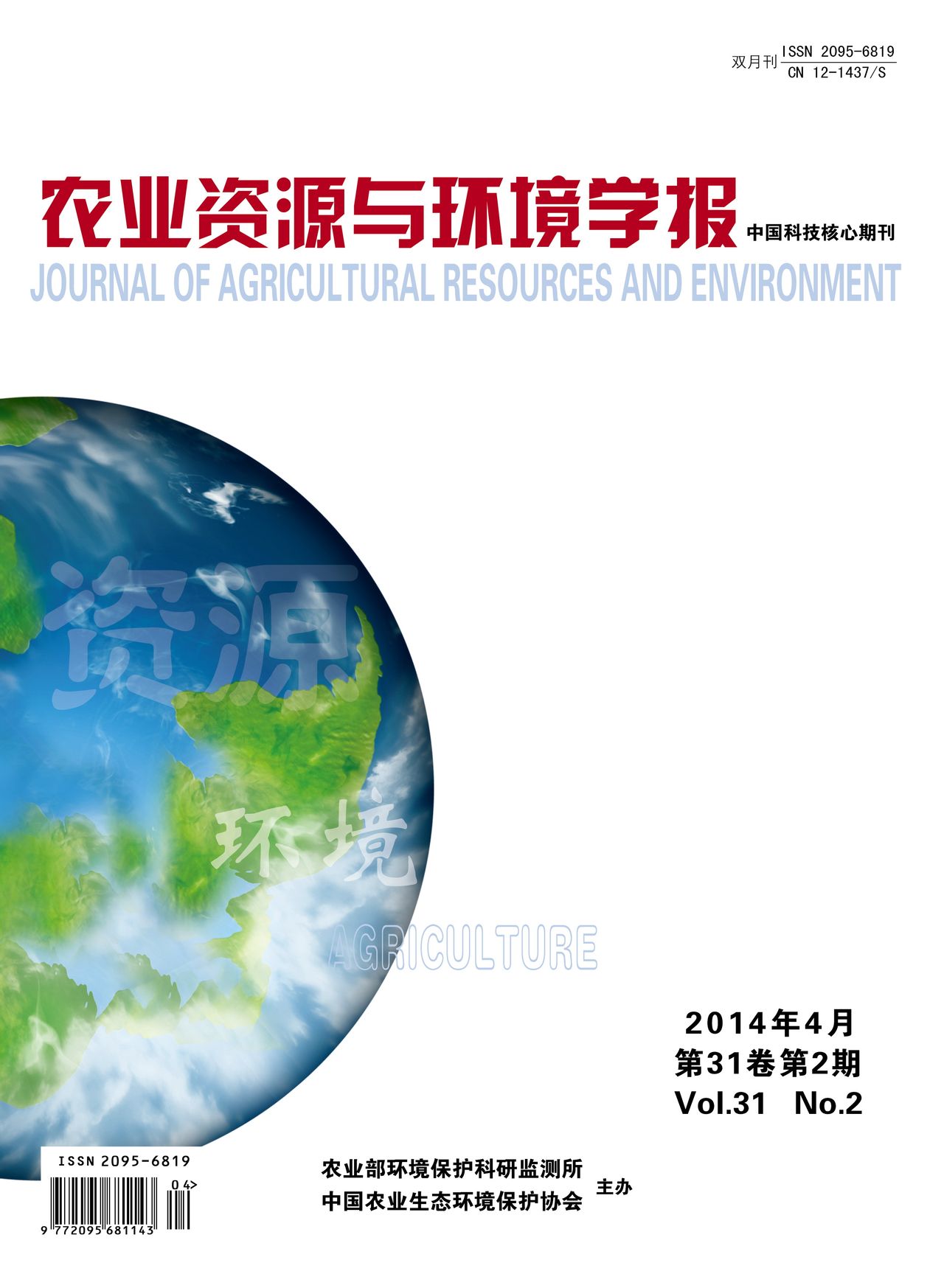Seasonal Changes of Relationship Between Marine Environment and Squid Fishing Resources in North Pacific Ocean
Q3 Agricultural and Biological Sciences
引用次数: 1
Abstract
The relationship of marine environment and squid fishing fluctuation in North Pacific Ocean was analyzed with the method of production gravity center and generalized additive model(GAM), through the surface temperature, sea chlorophyll and ocean current data got by satellite remote sensing inversion technology, and the statistic of boat fishing in the North Pacific from 2002 to 2012. The results showed that gravity center of fisheries was located in the eastern and central fishing grounds in May and June. The range was 168° ~171° E, 38° ~39° N.Gravity center of fisheries was located in western traditional fishing grounds from July to November with range of 150° ~160° E, 40° ~44° N.Gravity center of fisheries had obvious seasonal changes. GAM module analysis indicated that appropriate sea surface temperature scope of high squid fisheries was 14~19 ℃. The appropriate chlorophyll concentration scope of high squid fisheries was 0.22~0.55 mg·m-3. The distribution range was 154°~157°E in longitude, and 41°~44°N in latitude. There was a feeding migration to north and spawning migration to south every year, its relationship with environmental factors showed different characteristics, especially the best correlation of sea surface temperature. The gravity center of fisheries and sea surface temperature were positively correlated during the northward migration from May to September, while negatively correlated during the south migration from September to November. It showed obvious seasonal changes. Current also had an important impact on fisheries. Under the interaction of Kuroshio and Oyashio, high catch fishing grounds usually located in the forward of Kuroshio and nearby the northern side of Oyashio, with the shift of warm and cold current changing.北太平洋海洋环境与鱿鱼捕捞资源关系的季节变化
利用卫星遥感反演技术获得的表层温度、叶绿素和海流数据,以及2002 - 2012年北太平洋渔船捕捞统计数据,采用生产重心法和广义加性模型(GAM)分析了北太平洋海洋环境与鱿鱼捕捞波动的关系。结果表明:5月和6月渔业重心分布在渔场东部和中部;7 - 11月渔业重心位于西部传统渔场,范围为150°~160°E, 40°~44°n。渔业重心季节性变化明显。GAM模态分析表明,高鱿鱼养殖适宜的海面温度范围为14~19℃。高产鱿鱼养殖适宜的叶绿素浓度范围为0.22~0.55 mg·m-3。分布范围为经度154°~157°E,纬度41°~44°N。每年都有一次向北的取食洄游和向南的产卵洄游,其与环境因子的关系呈现出不同的特点,尤其是与海温的相关性最好。渔业重心与海温在5 ~ 9月向北迁移期间呈正相关,在9 ~ 11月向南迁移期间呈负相关。具有明显的季节变化。洋流也对渔业产生了重要影响。在黑潮和潮的相互作用下,高渔场通常位于黑潮的前方和潮的北侧附近,暖流和冷流的转移变化。
本文章由计算机程序翻译,如有差异,请以英文原文为准。
求助全文
约1分钟内获得全文
求助全文
来源期刊

农业资源与环境学报
Agricultural and Biological Sciences-Agricultural and Biological Sciences (all)
CiteScore
1.90
自引率
0.00%
发文量
4438
审稿时长
24 weeks
期刊介绍:
Journal of Agricultural Resources and Environment (CN 12-1437/S, ISSN 2095-6819) is a national academic scientific and technical journal. It was founded in 1984, and used to be called Foreign Agricultural Environmental Protection and Agricultural Environment and Development. It is supervised by the Ministry of Agriculture and Rural Affairs, and co-sponsored by the Scientific Research and Monitoring Institute of Environmental Protection of the Ministry of Agriculture and Rural Affairs, and the China Association of Agricultural Ecological Environmental Protection. The journal is one of China's high-quality science and technology journals, China Science Citation Database (CSCD) core journals, Peking University Chinese core journals, China Science and Technology core journals, China Agricultural and Forestry core journals, and Tianjin Outstanding Journals. It is included in the international authoritative databases, such as Scopus database of the Netherlands, the database of the Center for International Agricultural and Biological Sciences Research (CABI) of the United Kingdom, the Stephens Database (EBSCOhost) of the United States, the Ulrichsweb (Ulrich's Guide to Journals) of the United States, EuroPub of the United Kingdom, the Abstracts Journal (AJ) of the Russian Federation, and the Copernicus Index (IC) of the Poland, and so on.
 求助内容:
求助内容: 应助结果提醒方式:
应助结果提醒方式:


